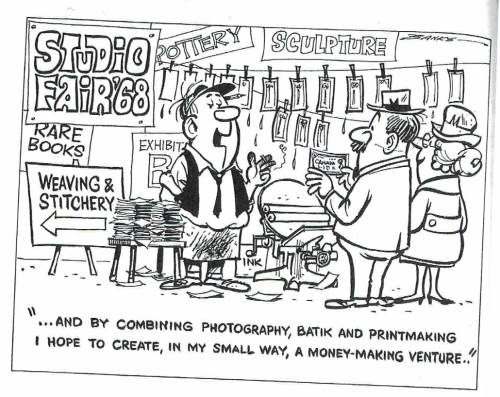“The Arts Council is not primarily a money-raising
organization. It depends mostly on grants, donations and memberships, with an
occasional flurry into commerce under the right circumstances.”
– The Community Arts Council News, March 1964.
Like many non-profit societies, having money in the bank has always been a concern for the Arts Council. For the first few years the Junior League of Vancouver gave major financial support. In the mid-fifties the Arts Council’s annual income was around $10,000 with up to $4,000 still coming from the Junior League. Starting in these early years and still today, another major source of funding has been through foundations, most notably through the generosity of the Leon and Thea Koerner Foundation, founded in 1955. The Vancouver Arts Council was one of the first organizations to receive a grant from this foundation (for the 1956 Artists for Schools project), and it has continued to benefit from this source almost every year with support for its special projects. The H.R. MacMillan Family Fund has likewise given many grants to the Arts Council over the years, particularly for conferences and for studies which resulted in major ventures. Both the Vancouver Foundation and the Hamber Foundation have also given support. In the mid-fifties, the Arts Council, began to do some of its own fundraising. In 1954 and 1955, craft fairs and conferences at the Vancouver Art Gallery were not only money-raisers but also a boost to local artists and craftspeople. The aim was to “bring craft artisans and merchandisers together.” In 1955, the Arts Council, with Woodwards Department Store, co-sponsored a fashion show at the Denman Auditorium. These early projects set the style for what would become the characteristic Arts Council money-raiser event featuring heavy involvement of the membership as well as an effort to support and publicize artistic achievement. Although sometimes criticized as “too much effort for too little return,” these events have, over the years, done much to establish the Arts Council’s prestige in the community.
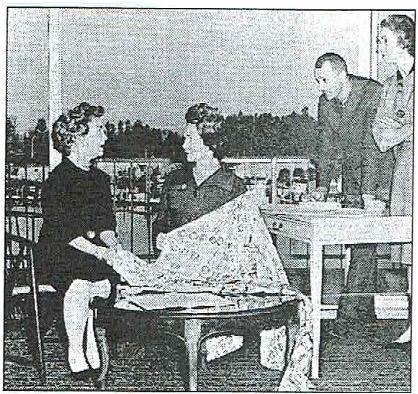
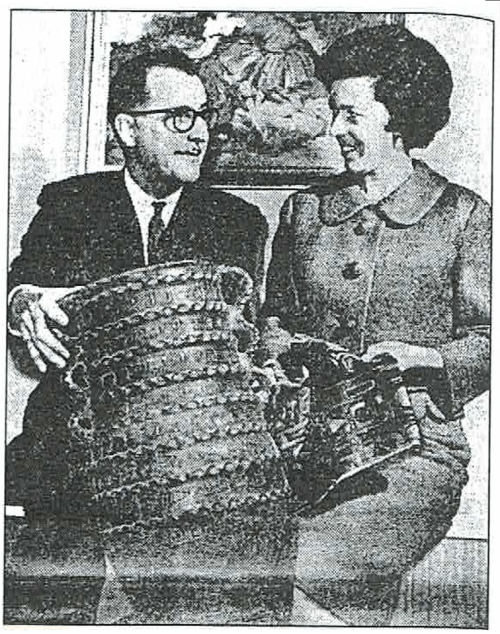
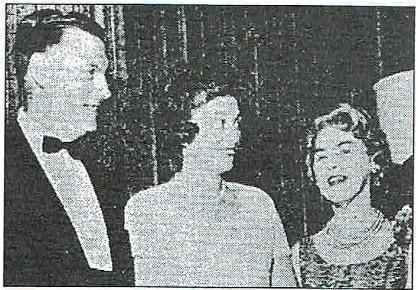
Financially speaking, 1958 was a bonanza year for the Arts Council. The new Canada Council had income from $50 million to spend with no precedent as to how this should be done. As a result, $10,000 was received by the Arts Council to study the state of the arts in B.C.. Arts Council endeavours also received $5,000 from the Leon and Thea Koerner Foundation bringing the year’s income overall to $25,000. Gradually, as the Canada Council spread its wings, the Arts Council was a less favored recipient by its largess.
Therefore, funding by Arts Council members became a necessity from the sixties on. For three consecutive years the council collaborated with the Interior Design Institute in co-sponsoring events known as ‘Decorama.’ These presentations at the Bayshore Inn featured the latest interior design techniques combining furnishings by local merchants and craftspeople. Remarkable publicity coverage was arranged by Lucy Berton Woodward. The third ‘Decorama’ in the series opened by Mayor Bill Rathie, netted $7274.57, an amount considered worth all the strenuous volunteer effort involved.
Two Studio Fairs held in 1967 and 1968 became the next major Arts Council fundraising efforts. B.C. artists and craftspeople were sought out and invited to participate on each occasion in a juried exhibition and sale of their works. The first Studio Fair was held at the Ramada Inn on Howe Street. Two top students from the graduating class at the Vancouver School of Art, Bill Cupit and David Jensen, donated their time in building rough cedar display modules. Large pieces of sculpture were displayed above the hotel porte cochere, in spite of the reluctance of the manager who was possibly concerned about the load bearing capacity of this “sculpture court.” The following year Studio Fair was held on safer ground at the Bayshore Inn. David Jensen, now a prominent design consultant, patented his early module designs and has used them in international exhibitions.
In the early eighties three successive Paper Fairs in Robson Square Media Centre were high profile fund-and image-raisers for the Arts Council. They were designed to celebrate paper — its history, its artistry and its aesthetic utility — and they drew excellent backing from industry, from the Vancouver Sun and from the artistic community. A huge, juried show featured works with paper, on site demonstrations of paper art and craft, a paper gift shop, a paper fashion show, and the debut of the Imagination Market. The Paper Fairs, in good Arts Council tradition, provided a venue for cooperation between the arts, business and scores of volunteers.
In recent years, from 1991 to 1995, the Arts Council held ‘Spring! for the Arts,’ an annual silent and live auction of fine art works, goods and services donated by galleries, artists, small businesses and fellow arts organizations. Enhanced by music and good food, these events have helped bring in funds. The Community Arts Council of Vancouver has also been fortunate to have had two other sources of income — business donations and membership fees. When the Arts Council was launched in 1946, the city was a smaller place, and it is safe to say that early donors represented almost every successful firm downtown at that time. The leaders of Vancouver’s business community were concerned with the cultural growth of the city and proved extremely supportive of the fledgling Arts Council. Today, the council’s “share of the pie” has shrunk considerably, although it can still count on some measure of corporate support.
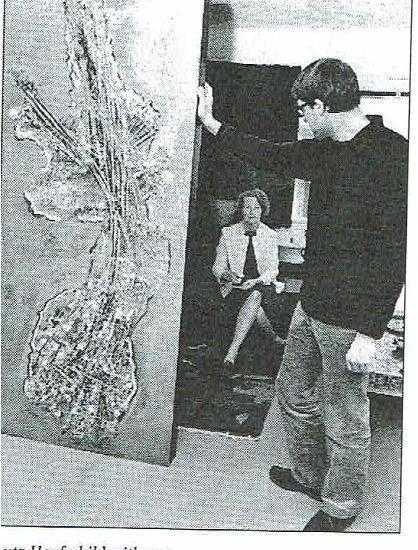

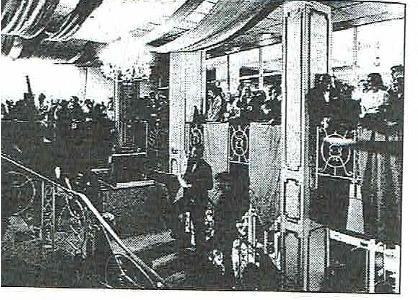
The Arts Council’s budgetary needs are currently also met by grants from governments and foundations, individual donations and casinos. The Arts Council has been receiving an annual cultural grant from the City of Vancouver since the early eighties and since 1967 from the Provincial government Cultural Assistance Fund. Project grants have been obtained from the Federal Government (Human Resources, Canadian Heritage), the Canada Council and Multiculturalism BC. In 1995, the Arts Council established an endowment with the Vancouver Foundation with the goal of achieving $500,000 by the year 2005. An ambitious donations campaign is being implemented for the Arts Council’s fiftieth anniversary.
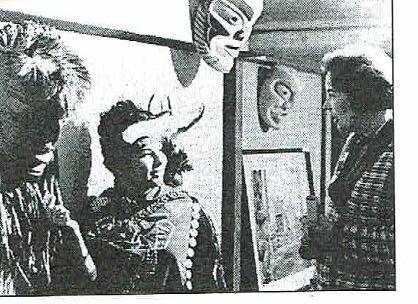
Studio Fair ’67 included works by the following:
- Reg Holmes
- Don Jarvis
- Roy Kiyooka
- John Korner
- Marianne Schmidt
- Jack Shadbolt
- Gordon Smith
- Takeo Tanabe
- Jack Wise
On site Demonstrations by:
- Gathie Falk — raku firing
- Rufus Moody — argillite carving
- Warne Ngan, Tam Irving and Heinz Laffin — ceramics
